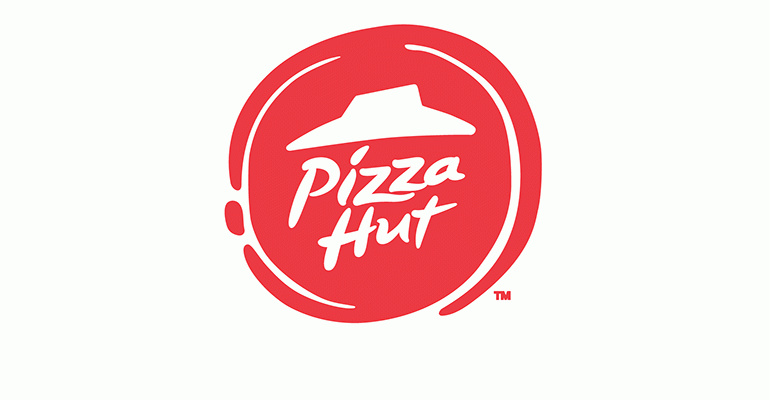Yum! Brands Inc. will invest $130 million in its Pizza Hut brand in the U.S. as part of a broad agreement with franchisees aimed at reversing the struggling chain’s decline, the company said Wednesday.
The “Transformation Agreement” comes after Pizza Hut reported a 7-percent decline in U.S. same-store sales in the first quarter — far below same-store sales results from rivals Domino’s Pizza Inc. and Papa John’s International Inc.
Under the agreement, Yum will invest in improving Pizza Hut’s operations, accelerating technology enhancements and e-commerce capabilities. It will also increase media spending, including $25 million this year and $12.5 million next year.
And franchisees have made what Yum described as a permanent, “ongoing commitment” to spend more on advertising.
“The partnership between the brand and franchisees has to be righted to get the business to grow,” Yum CEO Greg Creed said during an earnings call Wednesday. “Pizza Hut franchisees and leadership are working in concert to bring the brand forward.”
Pizza Hut has struggled to generate much momentum in recent years, a problem that has been in stark contrast to the surging Domino’s, which this week reported same-store sales growth of 10.2 percent in the first three months of the year. Domino’s is now threatening Pizza Hut’s status as the nation’s largest pizza chain.
To fix the problem, Yum is borrowing from a strategy it used to reverse a slide at its KFC brand, which three years ago was a struggling brand that had lost its status as the nation’s largest chicken concept.
In early 2015, Yum agreed to invest $180 million in KFC as part of an agreement with franchisees. The agreement is widely credited for paving the way to KFC’s resurgence. KFC’s U.S. same-store sales increased 2 percent — its 11th straight positive quarter — and the brand just introduced its popular global Zinger sandwich in the U.S.
“Clearly, that was a wise investment,” Creed said, noting that sales improved and KFC’s margins have doubled since Yum made that deal. “It was the catalyst for change at KFC.”
Yum executives hope to replicate that success with Pizza Hut. Creed called the deal a “breakthrough” that will “unlock Pizza Hut in the U.S.”
“This is a win-win agreement,” he said.
Much of the deal’s focus will be on the digital side, where Pizza Hut’s competitors have surged. Digital now represents more than 60 percent of orders at both Domino’s and Pizza Hut. Domino’s in particular has used digital capabilities to generate its recent sales surge.
The agreement, Creed said, will include “aggressive investment in digital” aimed at “making it easier for customers to get a Pizza Hut pizza.”
Yet the brand is also pushing to revitalize its domestic store base. Many of Pizza Hut’s 7,600 domestic locations are old, casual-dining “red roof” concepts. Replacing these locations with its newer, “fast-casual” model alone could generate stronger sales.
In one market that Yum executives toured, the chain shut down one of those locations and opened a new, fast-casual model half a mile away — and more than doubled sales.
“Not only are the [red roof] assets not in great shape, they’re in the wrong part of the trade area,” Yum CFO David Gibbs said on the earnings call.
Executives stressed that the Pizza Hut revitalization would not include closing many units, unless those units were replaced with the more upgraded version.
“We don’t think Pizza Hut should be shrinking,” Creed said. “We want to get back to being a growth concept. We’ve mapped out opportunities to grow our brand.”
One of those areas could be the Northeast.
“The good news is, we have new franchisees who believe in the story we’re selling,” Creed said. “They’re signing up. That’s an encouraging sign for us.”
Contact Jonathan Maze at [email protected]
Follow him on Twitter: @jonathanmaze

